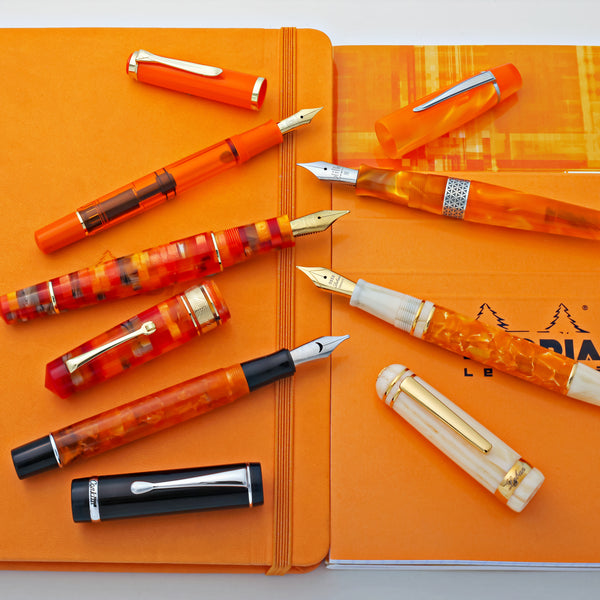Waterproof inks can be a scary thing in the fountain pen world. There is always a concern that if you are not daily driving your waterproof inked pen then over time the ink could harden and clog the feed. But, if you like to do line and wash watercolor work or just take notes you need to make sure won't become illegible from a spilt glass of water, waterproof inks are a necessary risk.
Due to these risks, pen people have rules for which pens they will ink up with waterproof ink. For me, as long as the pen is easy to disassemble and clean and in a lower price category, it will probably be inked up with waterproof ink at some point. I do avoid gold nib fountain pens as some waterproof inks are known to be corrosive overtime and eat away at the surface of nibs.



